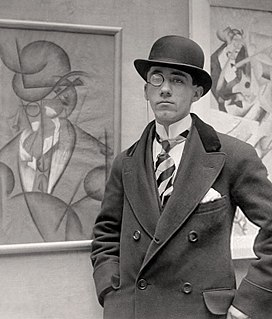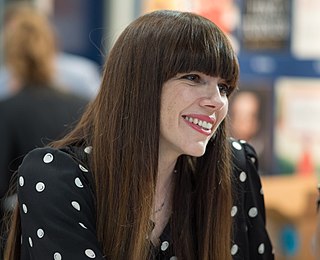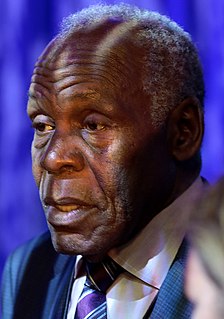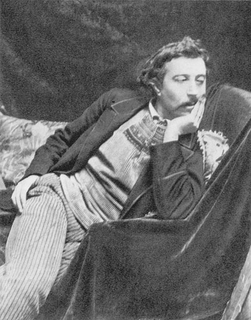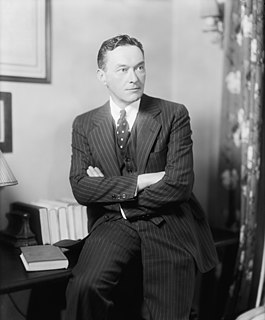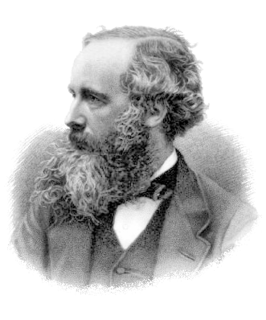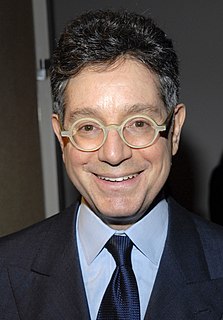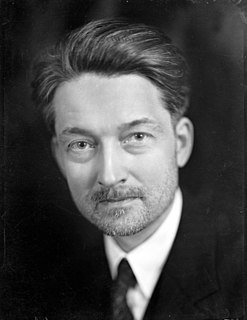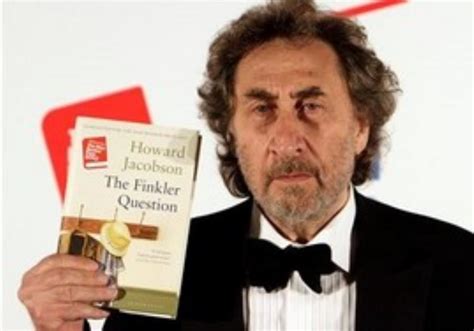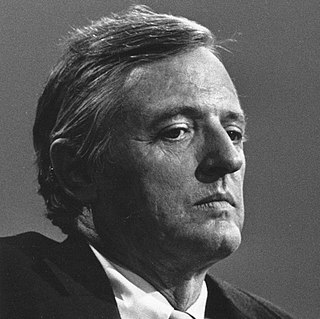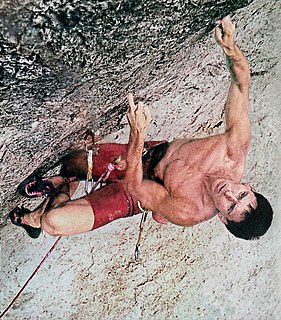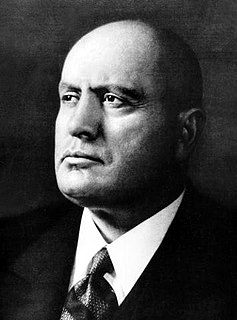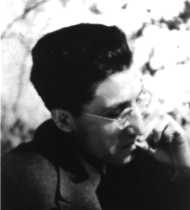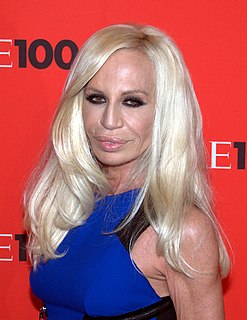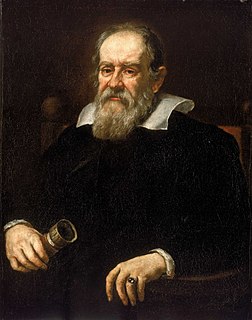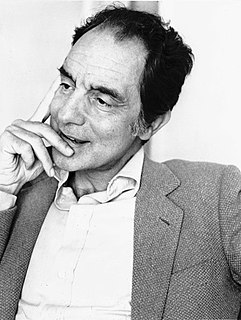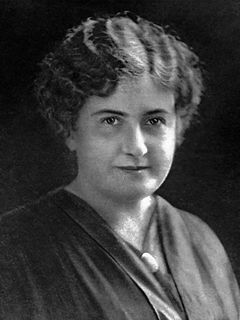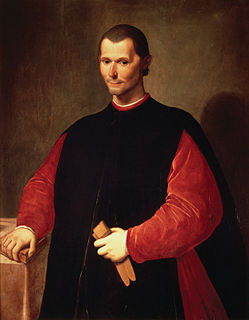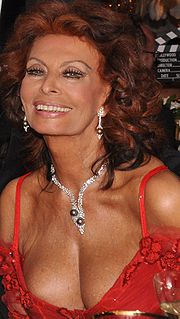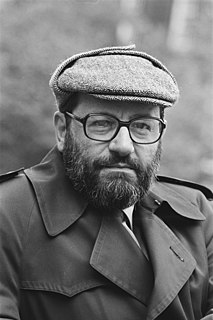A Quote by Gino Severini
Futurism and Cubism are comparable in importance to the invention of perspective, for which they substituted a new concept of space. All subsequent movements were latent in them or brought about by them.. ..the two movements cannot be regarded as in opposition to each other, even though they started from opposite points; I maintain [an idea approved by Appolinaire and later by Matisse that they are two extremes of the same sign, tending to coincide at certain points which only the poetic instinct of the painter can discover: 'poetry' being the content and 'raison d'tre' of art.
Quote Topics
About
Approved
Art
Being
Brought
Cannot
Certain
Certain Point
Comparable
Concept
Content
Cubism
Discover
Each
Even
Extremes
Futurism
Idea
Importance
Instinct
Invention
Latent
Later
Maintain
Matisse
Movements
New
Only
Opposite
Opposition
Other
Painter
Perspective
Poetic
Poetry
Points
Regarded
Same
Sign
Space
Started
Subsequent
Tending
Them
Though
Two
Two Extremes
Were
Which
Related Quotes
There were two now where they had been three. David's death had dismantled the triangle, and an enclosed space was now open. Two points are unreliable; with nothing to anchor them, there is nothing to stop them drifting in opposite directions. If it is string that binds, it will eventually snap and the points will separate; if elastic, they will continue to part, further and further, until the strain reaches its limit and they are pulled back with such speed that they cannot help but collide with devastating force.
All changes in space which we see, hear, smell or taste are literally tactile impressions. All our senses are variations of our unique sense of touch. Two approaching objects touch one another when they finally meet without a noticeable space between them. ... This is what happens in any condensing matter in which the outer aspects move towards a centre... Each single part of matter approaches its neighboring part until the two collide, causing an impact or a pressure. It is space, which appears and disappears between and round object and in the movements of the particles of the object.
What's more important is that we talk about movements; change happens through movements. The movement to end slavery, the movement to bring justice for those who have been left out of the system, movements to include women, movements around sexual preference - all these movements brought about change.
The function of news is to signalize an event, the functionoftruth istobring to lightthehiddenfacts, toset them into relationwith each other, and make a picture of reality on which men can act.Only at those points, where social conditions take recognizable and measurable shape, do the body of truth and the body of news coincide.
I started getting really curious about art. I read about the Dadaists and the Futurists and the Constructivists - those kind of movements which were reflecting the angst of the people of their times. Their work was trying to lead a movement. I began thinking about what was happening, with painting on the streets and painting on the trains as being similar but also coming from a real, pure space. It wasn't being created by academies. It was a spontaneous combustion of ideas that just happened.
Two babies were born on the same day at the same hospital. They lay there and looked at each other. Their families came and took them away. Eighty years later, by a bizarre coincidence, they lay in the same hospital, on their deathbeds, next to each other. One of them looked at the other and said, 'So, what did you think?
Art and poetry cannot do without one another. Yet the two words are far from being synonymous. By Art I mean the creative or producing, work-making activity of the human mind. By Poetry I mean, not the particular art which consists in writing verses, but a process both more general and more primary: that intercommunication between the inner being of things and the inner being of the human Self which is a kind of divination (as was realized in ancient times; the Latin vates was both a poet and a diviner). Poetry, in this sense, is the secret life of each and all of the arts.
You cannot exercise and be amused about it. You cannot integrate the dying bug into your core workout and hold to the position that you are a spiritual being. In this way, the body and the mind are each other's opposite unto death, which is why you have to choose which of them you are going to follow.
Have not Manet and Monet, Cézanne and Matisse, rendered to painting something of the same service which Keats and Shelley gave to poetry after the solemn and ceremonious literary perfections of the eighteenth century? They have brought back to the pictorial art a new draught of joie de vivre; and the beauty of their work is instinct with gaiety, and floats in sparkling air. I do not expect these masters would particularly appreciate my defence, but I must avow an increasing attraction to their work.
